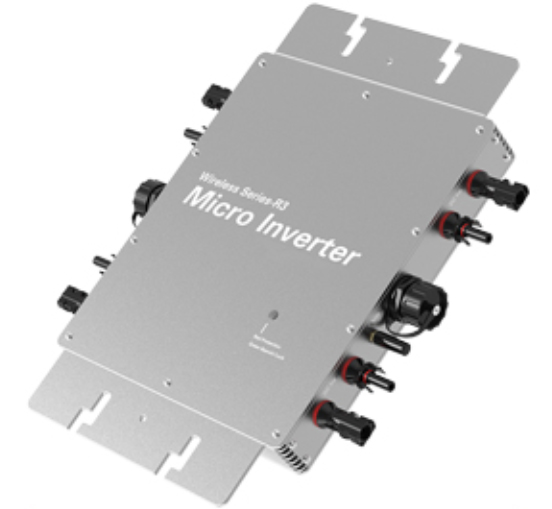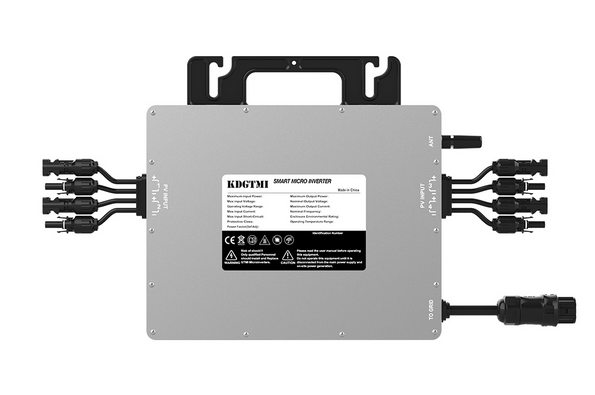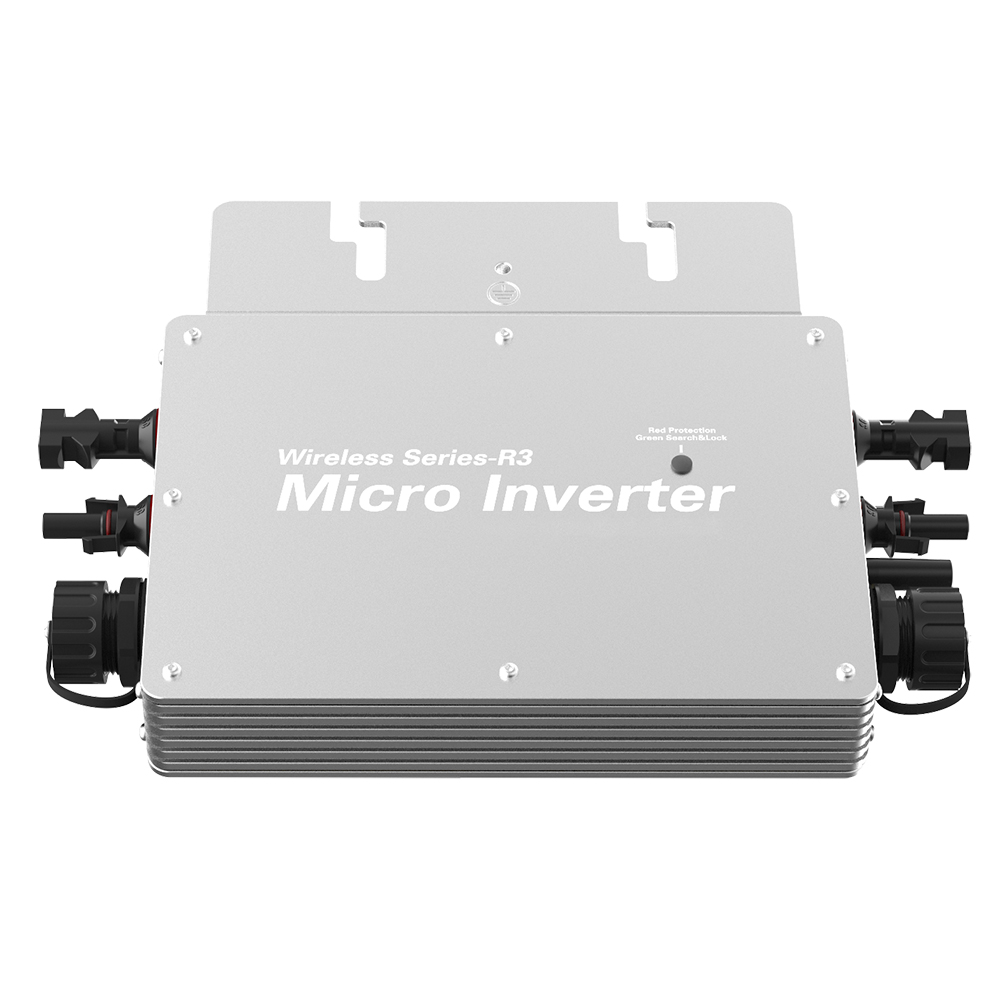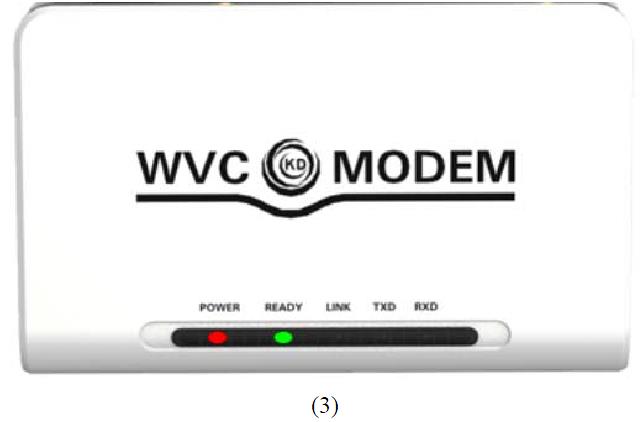In photovoltaic design, it is very important to match the current of the module and the inverter reasonably. A reasonably matched design can maximize the efficiency and performance of the photovoltaic system, while also extending the service life of the components and inverters. When performing current matching, the rated current of the component and the input current range of the inverter need to be considered to ensure that the match between them is appropriate.
First, consider the rated current of the component. The rated current of a component is the maximum current that the component can output under standard test conditions. When matching the current of a component with the inverter, ensure that the maximum input current of the inverter is greater than or equal to the rated current of the component. If the input current of the inverter is lower than the rated current of the component, it will cause the component to be unable to output all the electrical energy, reducing the efficiency of the system.

Second, consider the input current range of the inverter. Inverters usually have an input current range, beyond this range the inverter will not work properly. When performing current matching, ensure that the output current of the component is within the input current range of the inverter. If the output current of the component is too large to exceed the input current range of the inverter, it will cause the inverter to short circuit or overload, which will damage the inverter.
Therefore, in the photovoltaic design, it is necessary to ensure that the current of the component and the inverter is reasonably matched. Current matching can be achieved by selecting suitable components and inverters, or consider increasing the number of inverters to improve the capacity of the system to match the current output of the components. Reasonable current matching can improve the efficiency and performance of the photovoltaic system, extend the service life of the components and inverters, and also reduce the problems that occur during the operation of the system. Through careful design and reasonable matching, the performance and stability of the photovoltaic system will be effectively improved.



